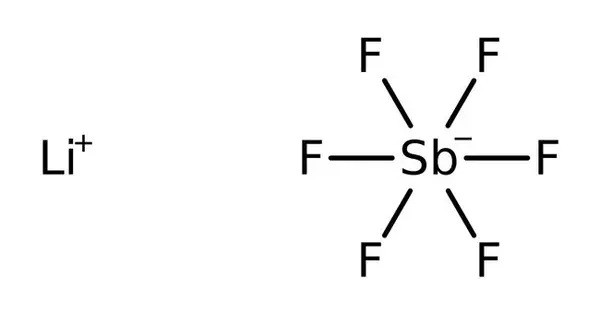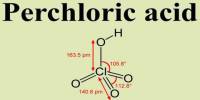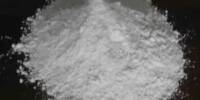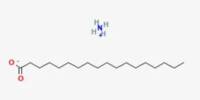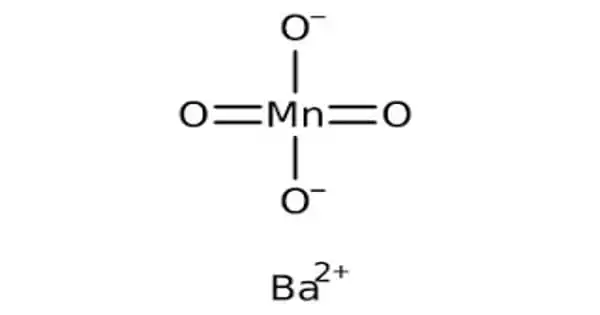Lithium hexafluorotitanate is an inorganic compound of lithium, fluorine, and titanium with the chemical formula Li2TiF6. It’s a lithium salt of the hexafluorotitanate anion (TiF₆²⁻). It is most commonly encountered in research and industrial contexts related to electrochemistry and materials science. As with many metal fluorides, this compound can be corrosive and toxic if ingested or inhaled, especially due to fluoride content. Proper handling under a fume hood with gloves and eye protection is important.
Synthesis
Interaction of titanium hydroxide or oxide and lithium fluoride with hydrofluoric acid.
Properties
The compound forms crystals of tetragonal crystal system with a space group of P42/mnm (no. 136).
- Chemical formula: F6Li2Ti
- Molar mass: 175.74 g·mol−1
- Appearance: solid
- Density: 2.89 g/cm3
- Molecular Weight: ~209.77 g/mol
- Solubility: Soluble in water and polar solvents; hydrolyzes in moist air
- Stability: Stable under dry conditions but can release hydrogen fluoride (HF) upon contact with moisture
- Thermal Properties: Decomposes at elevated temperatures, releasing fluorine-containing gases
- Crystal Structure: Generally forms ionic crystalline structures
- Hygroscopic: Yes, absorbs moisture from air
- Melting Point: Not well-characterized, likely decomposes before melting
Chemical properties
- The compound forms hydrates Li3TiF6*xH2O.
- Acts as a Lewis acid, due to the presence of Ti(IV) in a fluorinated complex
- Can participate in complex formation with additional fluoride ions
- Often used in electrolyte formulations for lithium-ion batteries or aluminum refining
Occurrences
- Natural Occurrence: Lithium hexafluorotitanate does not occur naturally; it is a synthetic compound
- Industrial Synthesis: Typically produced by reacting titanium fluoride or titanium tetrachloride with lithium fluoride under controlled conditions
Applications
- Battery Electrolytes: It has been studied for use in lithium-ion battery electrolytes, particularly in advanced or high-voltage batteries.
- Electroplating & Catalysis: Some research suggests potential uses in metal surface treatment, electrolytic coatings, and catalysis, though it’s less common than related compounds like lithium hexafluorophosphate (LiPF₆).
Safety & Handling
- Highly reactive with water, forming hydrofluoric acid (HF), which is corrosive and toxic.
- Should be handled in dry, inert environments (e.g., gloveboxes) when used in research or industry.
